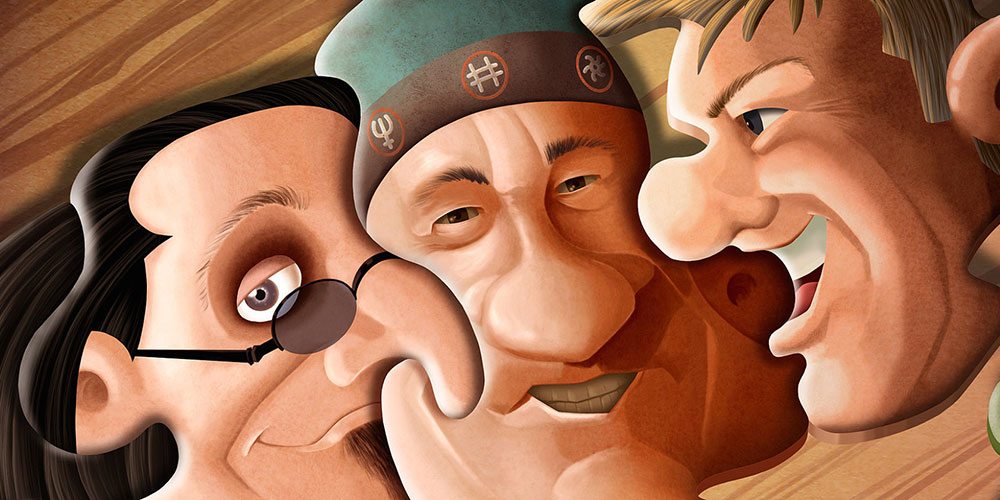In the early days of Disney hand-drawn animation, the term “special effects” was used very differently than it is in modern filmmaking. In a live-action movie, making Pinocchio’s nose grow or setting Dumbo the elephant soaring above the circus audience would be considered a special effect — but in an animated film, they were business as usual! Instead, special effects referred to recreating the forces of nature: water splashing in a stream, the wind causing a flag to ripple, candle flames flickering, smoke billowing, and fields of grass waving in the breeze.
According to the book Elemental Magic, Volume I: The Art of Special Effects Animation, from 1935 to 1941, around the time Disney was making Fantasia, there were over 100 artists in the special effects department devoted to drawing every type of “natural” phenomena from rain falling to pixie dust glittering.
And special effects of nature played a big part in The Secret World of Arrietty, the new Studio Ghibli animated version of the children’s classic series The Borrowers by Mary Norton. Arrietty and her dollhouse-sized family live in a very different world than you and I, as the hand-drawn special effects animation made very clear. (See Matt Blum’s review of the film and Erik Wecks’s review of the book.)
One aspect of this micro-world is the way liquids behave. When Arrietty’s mother Homily goes to pour a pot of tea, it doesn’t just pour out of the spout. Instead, it squeezes out, giant drop by drop.
Why does it behave that way? Because of something called surface tension. And to understand surface tension, you have to understand the way molecules of water behave. Water, of course, is made up of H2O — two hydrogen atoms, and one oxygen atom. A hydrogen atom has only one proton in its nucleus, making it the smallest atom there is. Oxygen, with eight protons, is slightly larger. When you stick two hydrogen atoms together with an oxygen atom, they look something like Mickey Mouse’s head — two little round ears sitting on a round head. And because those hydrogen atoms each have a negatively-charged electron sticking out, the side of the molecule with the “ears” has a slightly negative charge. This makes a water molecule behave kind of like a magnet with a negative and positive pole.
Polar molecules like water attract each other like magnets, too. Inside a drop of water, water molecules are attracted by other water molecules all around them. On the surface of the drop of water, however, the molecules are pulled down by all the molecules below them, and pulled together by all the molecules next to them. This causes them to become tightly packed together on the surface. It’s almost like a “skin” of water forms on the surface, holding all the water inside the drop.
Now, even though Arrietty and her family are smaller than we are, water molecules are still the same size. So water tends to form into drops of about the same size as in our world, and behave the same way.
The study of the properties of materials on a molecular scale is called nanoscience. Nanoscience is all about surface area — when you’re dealing with tiny little bits of stuff, there’s a lot more surface than insides! A few years back, my kids and I did a simple demonstration of the principles of nanoscience that worked just like Arrietty’s teapot. Here’s what to do:


A Borrower-sized goblet demonstrates nanoscience. Image: Kathy Ceceri
- Get a very very small cup. We didn’t have any dollhouse sized dishware, so we used some Lego goblets and mugs.
- Fill it with water.
- Turn the cup upside down.
What happens? If the cup is small enough, the surface tension will hold the water in. If you hold it upside down long enough, it may bulge and then slowly fall out in one big drop — just like in the world of the Borrowers!
I found this activity on the Nanoscale Informal Science Education Network website. The activities are designed for science museums, but many of them can also be done at home.



